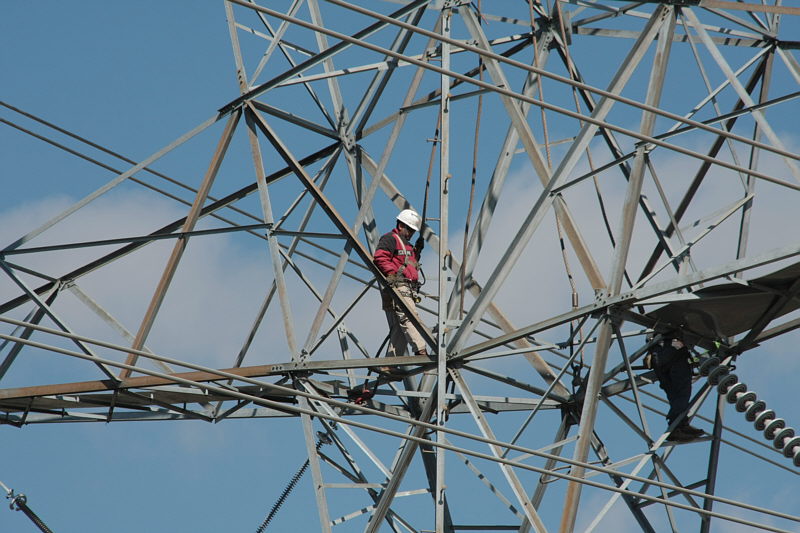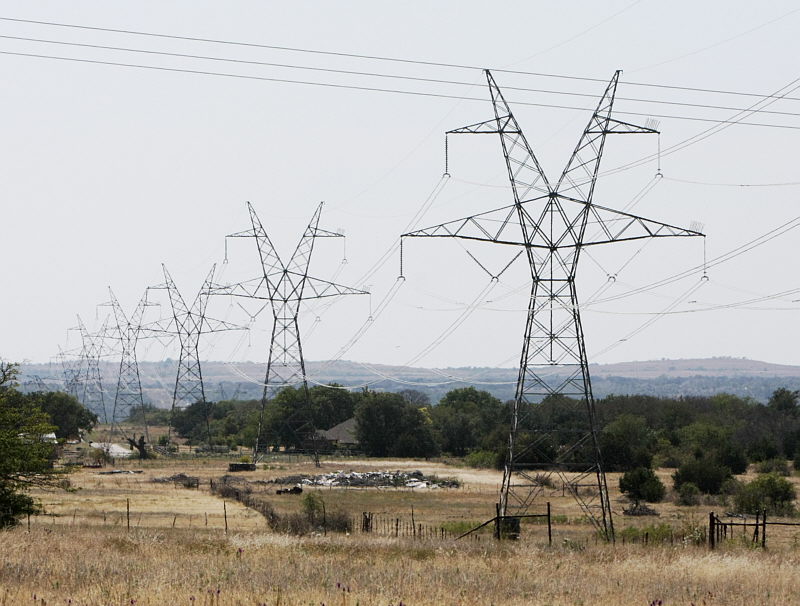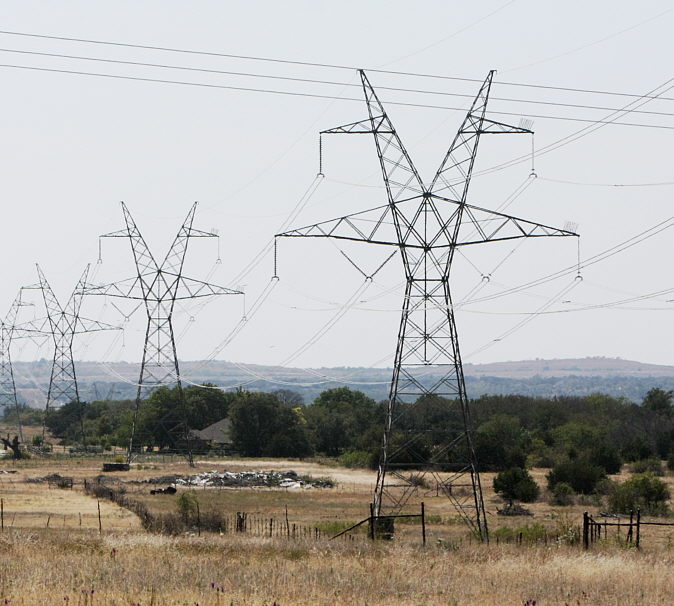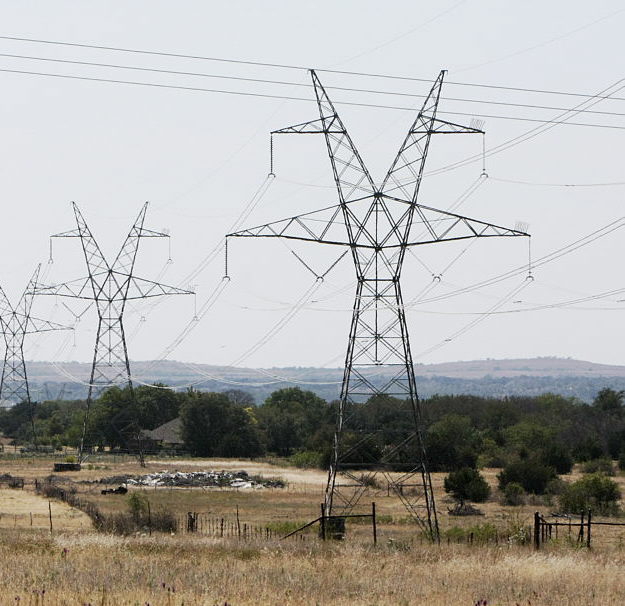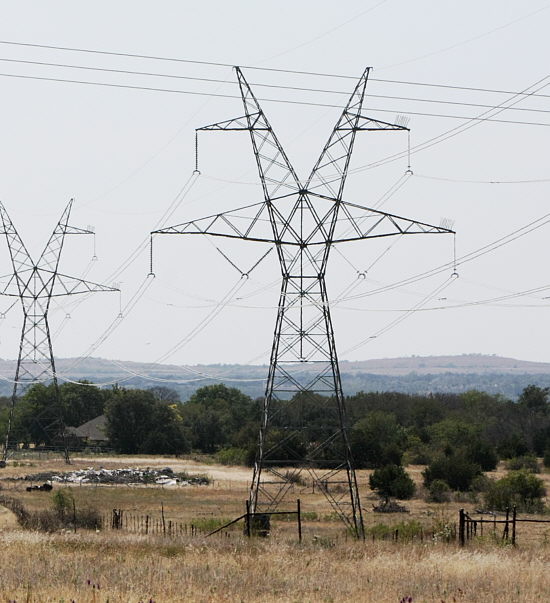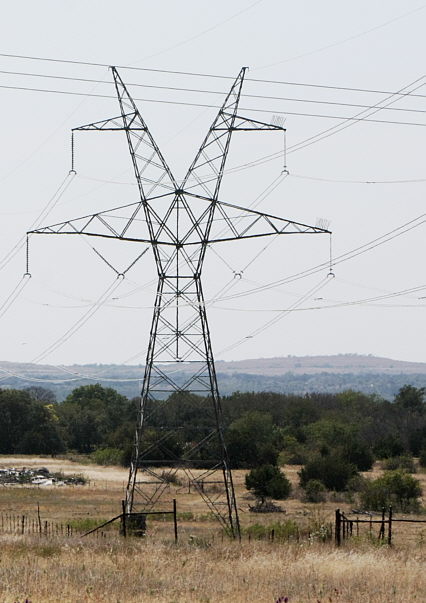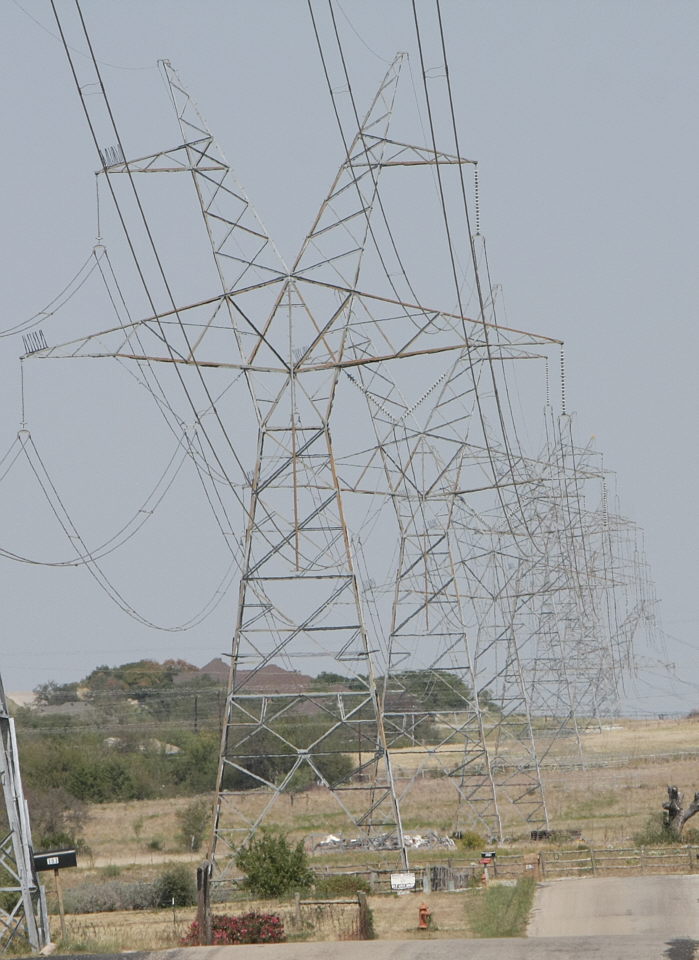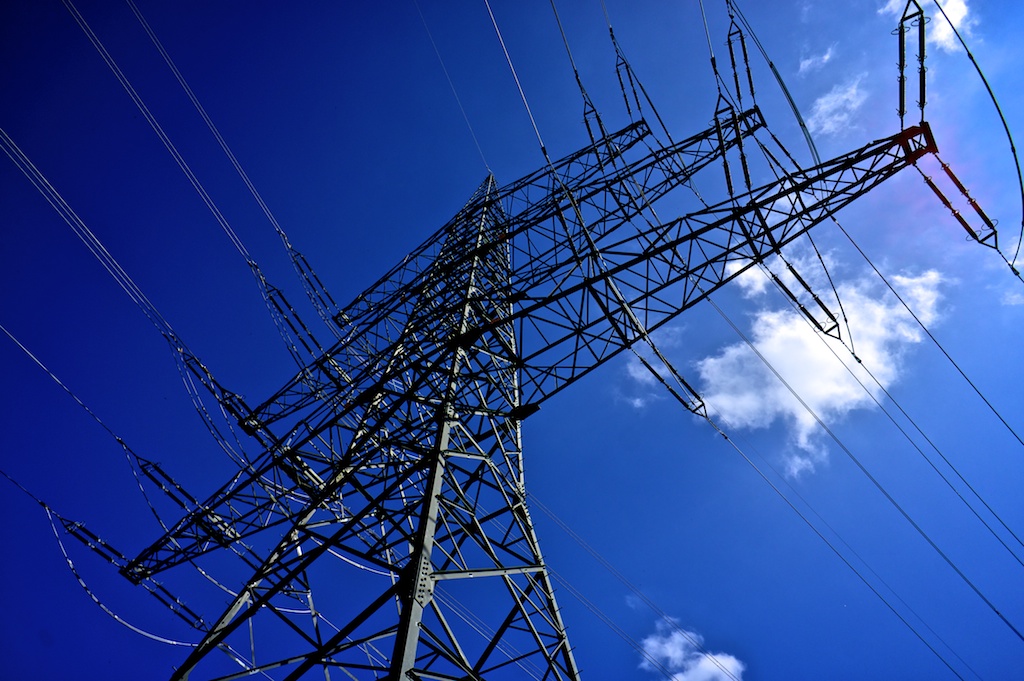Dawid Loubser
Member
I can only Marvel at the men whose daily job - at near minimum-wage - involves this:
Technical comment: I have always maintained that Ilford Pan F sligtly over-exposed and under-developed (I shoot it at ISO32) has among the most gorgeous tonality of all B&W films. This was the first time I used it on medium format, and I am absolutely thrilled - I shot twelve rolls of a road trip "blind" (having never shot it in MF before) but now I can't wait to develop and process the rest!
This film takes no prisoners. But it places great demands on one's technique, and requires the stables of tripods to extract the resolution. Then again, after shooting a lot of 4x5in, shooting the Mamiya RB67 SLR again is like using a point-and-shoot!
High-Tension Teamwork
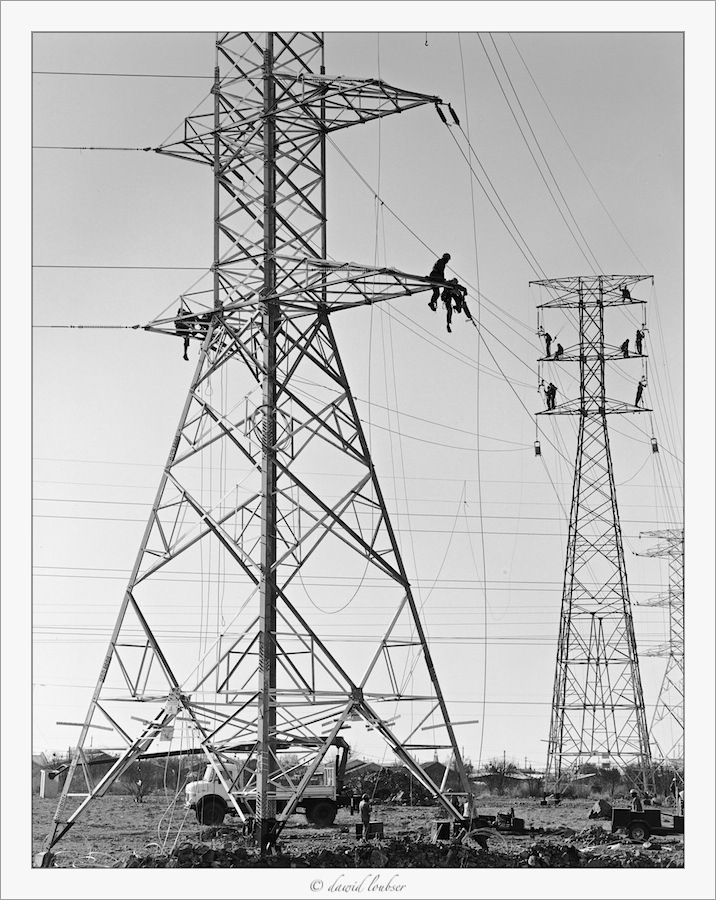
(Ilford Pan F+ at ISO32 (6x7cm), Mamiya RB67, Sekor-C 140mm Macro, hand-printed in the darkroom on 8x10in Ilford MG IV Multigrade paper)

(Ilford Pan F+ at ISO32 (6x7cm), Mamiya RB67, Sekor-C 140mm Macro, hand-printed in the darkroom on 8x10in Ilford MG IV Multigrade paper)
Technical comment: I have always maintained that Ilford Pan F sligtly over-exposed and under-developed (I shoot it at ISO32) has among the most gorgeous tonality of all B&W films. This was the first time I used it on medium format, and I am absolutely thrilled - I shot twelve rolls of a road trip "blind" (having never shot it in MF before) but now I can't wait to develop and process the rest!
This film takes no prisoners. But it places great demands on one's technique, and requires the stables of tripods to extract the resolution. Then again, after shooting a lot of 4x5in, shooting the Mamiya RB67 SLR again is like using a point-and-shoot!

